
uBriGene Biosciences will acquire Mustang Bio’s Worcester, Mass., CGT manufacturing facility in a deal worth up to $11 million, expanding its operations into the US market.
Feliza Mirasol is the science editor for BioPharm International.

uBriGene Biosciences will acquire Mustang Bio’s Worcester, Mass., CGT manufacturing facility in a deal worth up to $11 million, expanding its operations into the US market.
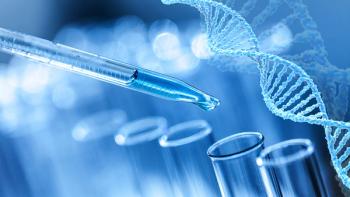
With $73 million in financing from investment firms, Myeloid Therapeutics plans to accelerate its lead clinical candidate into Phase I/II development for treating solid tumors.
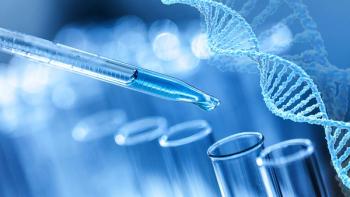
Sania Therapeutics has emerged from stealth mode and launched its technology platforms for enabling the development of novel therapeutics to treat neural circuit dysfunction.

Biotech firm Lumen Bioscience has received fast track designation from FDA for its oral biologic drug candidate for treating C. difficile infection.

Gilead Sciences and Arcus Biosciences have expanded their research collaboration to include inflammatory diseases in addition to oncology.

CATTI has launched an in-person training site at the University of Guelph in Ontario, Canada, for training personnel in cell and gene therapy manufacturing.

Under the collaboration, BiOneCure Therapeutics and Nanjing Leads Biolabs intend to develop a range of innovative antibody-drug conjugates for treating solid tumors.

Synthego has opened its new GMP-compliant RNA manufacturing facility in Redwood City, Calif., for CRISPR-enabled genomics therapeutics.

In a deal potentially worth more than $530 million, Amgen will use TScan Therapeutics’ target discovery platform to home in on novel targets for Crohn’s disease treatment.

The new partnership between Sandoz, a Novartis division, and Just – Evotec Biologics will aim to develop and manufacture multiple biosimilars.

The market potential of nucleic acid-based therapies have been pushed into the spotlight following the success of the COVID-19 vaccines.
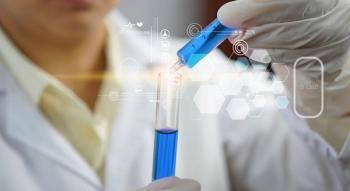
Preclinical studies specifically benefit from the “smart” drug development trend through deeper data access and analysis.

INTERPHEX was back in full swing with Keynote sessions highlighting cutting-edge technologies that are setting the stage for the bio/pharma industry’s future.

Avid Bioservices has launched new CGMP mammalian cell manufacturing suites at its Myford, Calif., facility.

FDA has granted fast track designation to Caribou Biosciences for its allogeneic CAR-T cell therapy for relapsed or refractory multiple myeloma.

Ginkgo Bioworks has acquired StrideBio's AAV capsid discovery and engineering platform and has formed a partnership with WARF for development of next-gen cell therapies.

The acquisition of Cell Systems will bolster AnaBios’ portfolio of human tissue and cells for use in drug discovery.
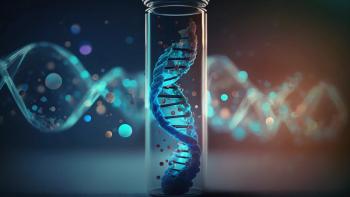
The COVID-19 vaccines opened the door to powerful market potential for other nucleic acid-based therapies.
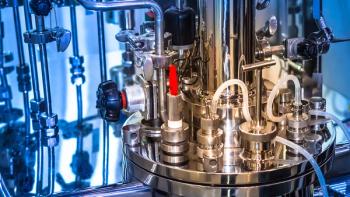
The innovation of going from stainless-steel bioreactors to fixed-bed bioreactors shows an evolution in upstream optimization.

SMB technology in the downstream can facilitate the shift to continuous bioprocessing.

Takeda received approval in Japan for a subcutaneous injection formulation of Entyvio (vedolizumab) for treating ulcerative colitis.

CDMO Exothera and biotech company Remedium are joining forces to scale up the manufacturing process for Remedium’s lead gene therapy candidate for treating osteoarthritis.

Takeda plans to build a new facility in Osaka, Japan, for the manufacture of plasma-derived therapies.

Under a new partnership, Invitae and Deerfield Management will harness genetic and clinical testing data from patients to discover potential novel therapeutics for treating rare diseases.

Sanofi intends to cut its US list price for Lantus (insulin glargine injection) by 78% and cap out-of-pocket costs at $35 for all patients with commercial insurance.

BioNTech will receive an exclusive worldwide license from OncoC4 to develop and commercialize its anti-CTLA-4 mAb candidate for solid tumor indications.

Sartorius BIA Separations and Teknova will collaborate to combine their technologies in an effort to streamline the downstream purification process.

Samsung Biologics plans to invest more than ₩1.9 trillion (US$1.5 billion) in the new Incheon, South Korea, facility, which will hold a manufacturing capacity of 180,000 L.

Sandoz, a Novartis division, is expected to invest at least $400 million to build a new biologics manufacturing facility in Lendava, Slovenia, to support growing demand for biosimilars.

Under a technology licensing agreement with Bhami Research Laboratory, Catalent intends to develop formulations that will allow for the delivery of high-concentration biologics subcutaneously.